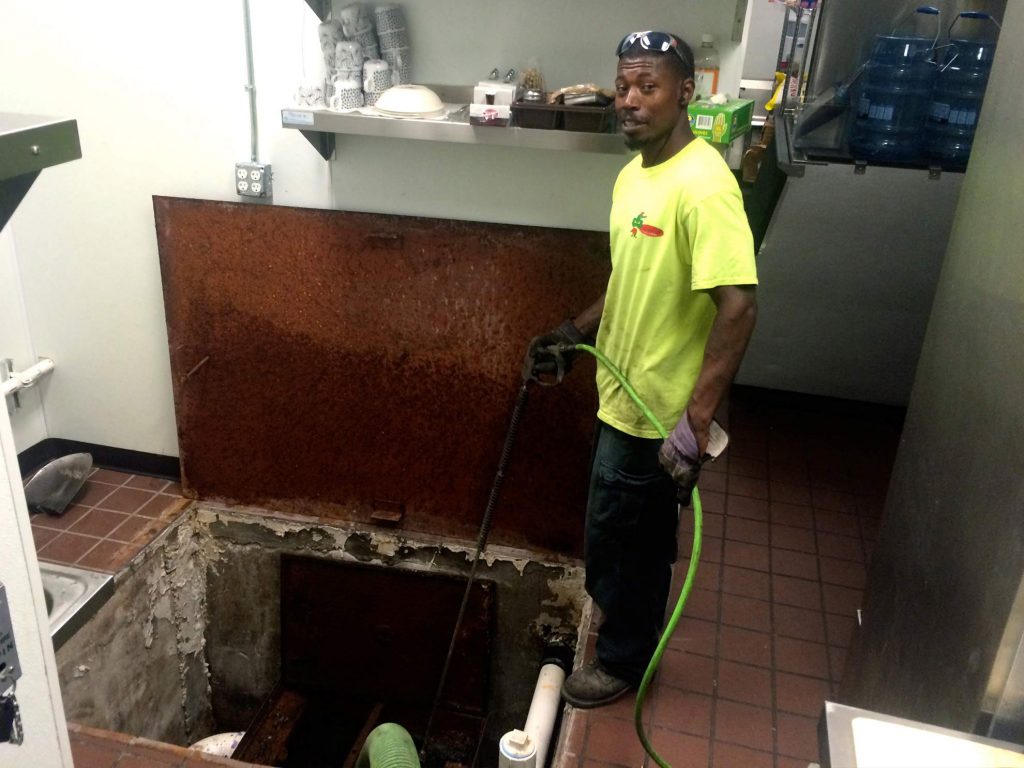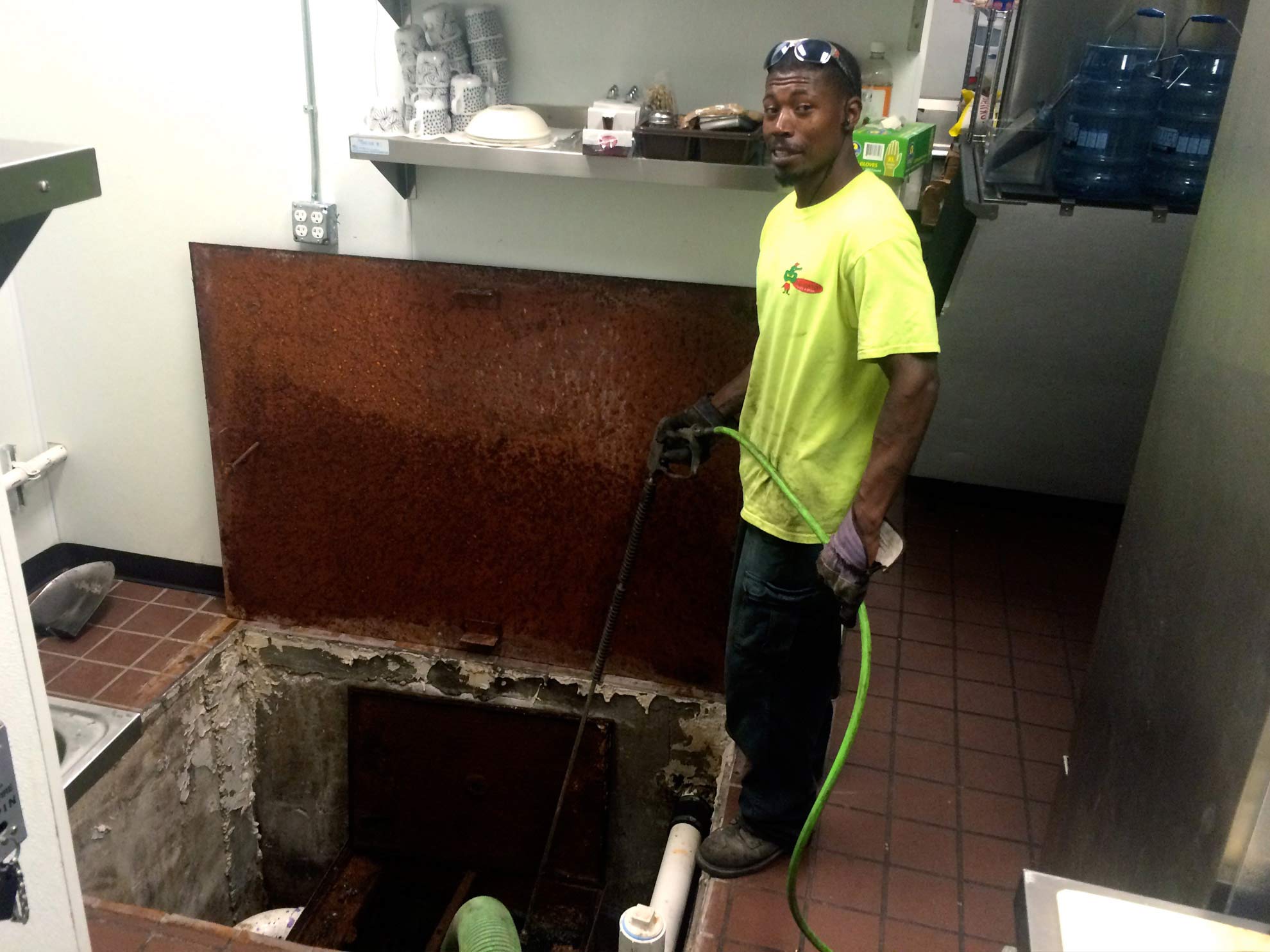
Apartment buildings constructed for low-income American citizens are considered multiple dwelling units. There are individual residential units and each unit has its own kitchen. According to the Grease Ordinance, multiple dwelling units have to install an appropriately-sized grease trap that will take care of the FOG and solid waste materials. Improper maintenance or neglect of the government housing grease traps is the main cause of sewage and FOG overflow.
The FOG crisis in the United States is worsening and government housing facilities are among those how are to be blamed. The grease traps that this government subsidized apartment buildings have get filled up earlier than their scheduled maintenance. This is brought about by the continuous careless use of the kitchens in each unit. Meals are being prepared several times a day. If all the residents do this at the same time, then the FOG and sewage will surely overflow.
When the wastewater and FOG overflow, health issues and environmental problems arise. They cause damage to everyone’s physical condition, to everyone’s property, and to natural ecosystems. Health conditions are acquired such as skin and respiratory ailments. Eutrophication and pollution are only two of the most prevalent environmental dilemmas faced. Will all these, a cry for help is made to the government agencies that run these government housing units. There has to be an effective government housing grease trap elimination practice that even the residents could participate in. After all, they live in those residential units. It’s only right for them to help maintain their grease trap so that they may continue to have a livable environment.
The grease materials could be scraped off manually from the utensils, cooking equipment, and dishes that they use. The collected grease and solid wastes should then be placed in a sealed contained that can be disposed of properly together with the trash. Food filters or meshes should also be installed in the drains of their kitchen sinks to catch all the smaller solid particulates and grease materials. There should also be reminder signs posted throughout the building such as “Be mindful of your grease” to help bring more awareness about the grease trap’s welfare. These simple measures will really help in government housing grease trap elimination. It’s a campaign that should be maintained and passed on to future tenants as well.
Here are some details about the function and maintenance of the grease trap:
1. Minimum capacity is 750 gallons
2. Only a licensed hauler should maintain the grease trap so that ideal removal and disposal of solid wastes and FOG is assured
3. The grease trap decrease the flow rate of the wastewater and lets the solid wastes and FOG move away
4. The grease trap should be cleaned at least 4 times within a year
Part of government housing grease trap elimination is the use of either bio-augmentation or bioremediation. Bio-augmentation makes use of selected bacteria strains to consume the contaminants and FOG in the grease trap. Bioremediation is the use of non-pathogenic bacteria in getting rid of the solid wastes and fog, converting them into useful substances.
These two all-natural processes are highly recommended because they help in government housing grease trap elimination and at the same time, keep the environment free from chemical discharges. If these are implemented more often, the FOG crisis will eventually die down and disappear, leaving government housing projects to be seen and experienced as sanctuaries for the common people.
